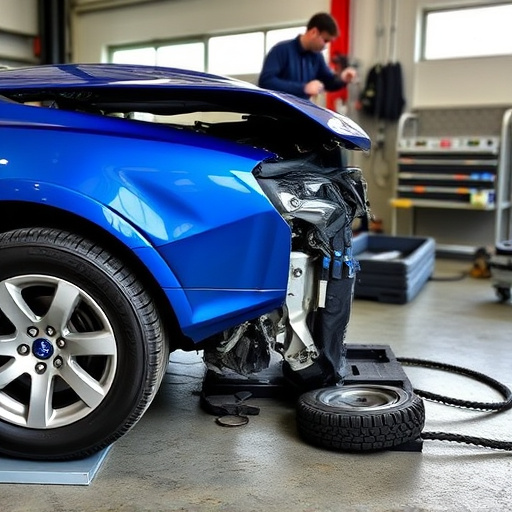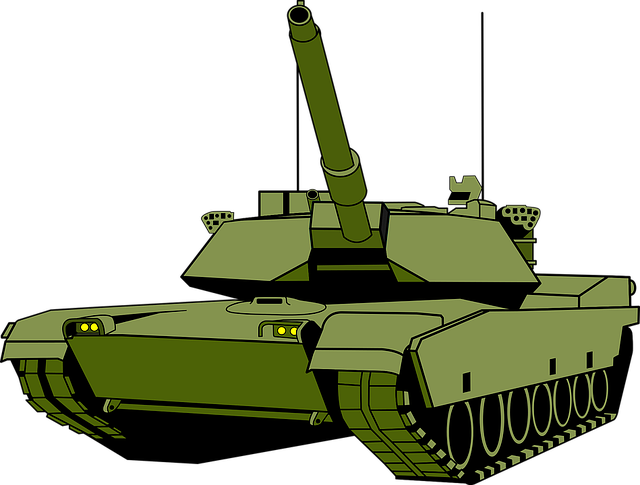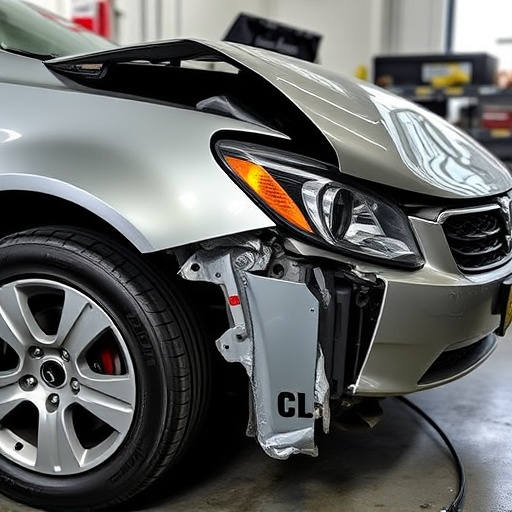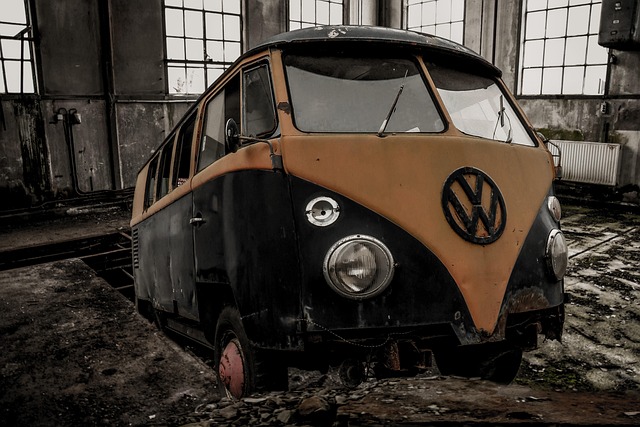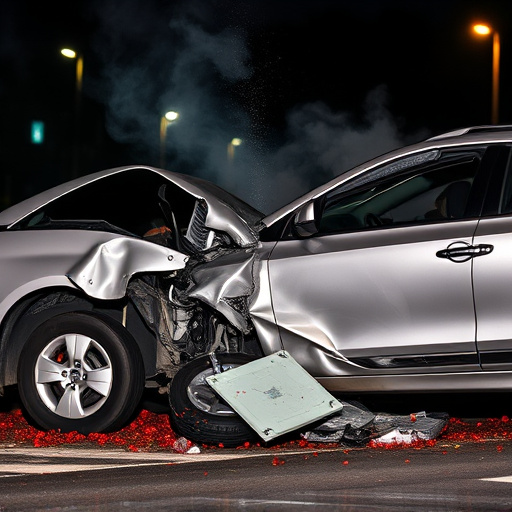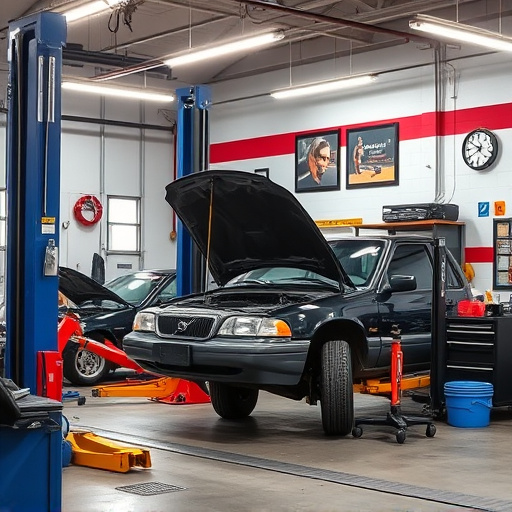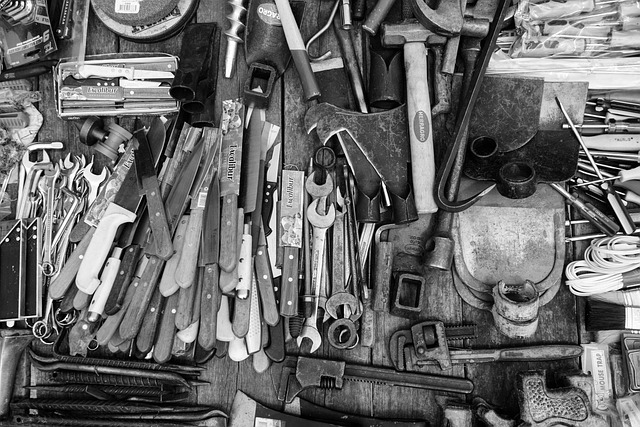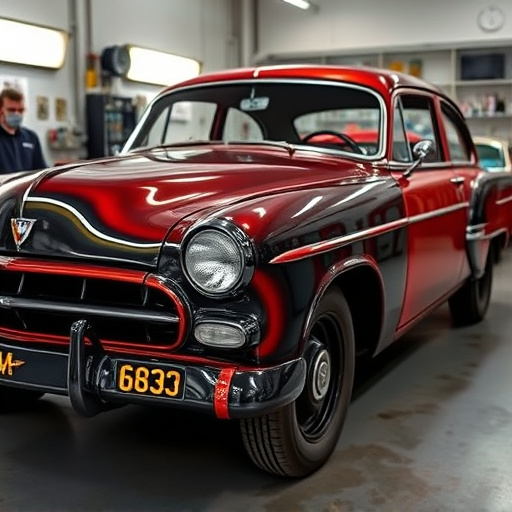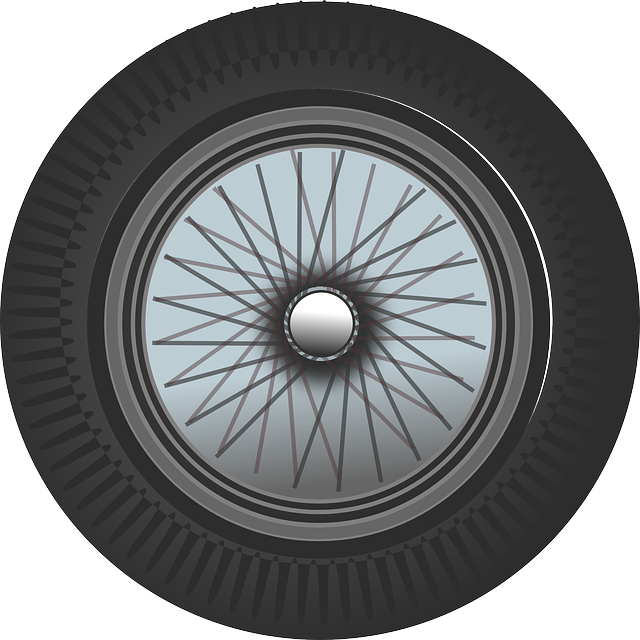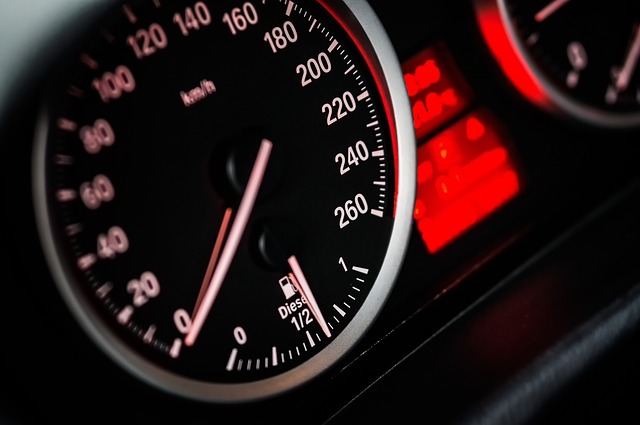Frame machine repair is a specialized service that realigns and restores vehicles' structural integrity after collisions, ensuring safety and accurate auto repairs. Conducted by skilled technicians using advanced machinery, this meticulous process involves precise metal adjustments to meet original specifications. Complementing other collision repair services like paintless dent repair, frame machine repair prioritizes structural perfection and enhances overall vehicle performance and driver confidence. Maintaining precision through regular maintenance checks and using tools like calipers and angle gauges is crucial for high-quality, industry-standard collision repair results.
Frame machine repair is a critical process in automotive bodywork, ensuring collision accuracy and restoring vehicles to their pre-accident condition. This intricate procedure involves precise adjustments to the car’s frame, aiming to achieve perfect alignment. When done correctly, it significantly improves safety and driving dynamics. However, any misstep can lead to deviations in collision accuracy, affecting the overall quality of repairs. This article explores these nuances, offering insights into understanding and maintaining precision during and after frame machine repair.
- Understanding Frame Machine Repair: The Basics
- Impact on Collision Accuracy: What You Need to Know
- Best Practices for Maintaining Precision After Repair
Understanding Frame Machine Repair: The Basics
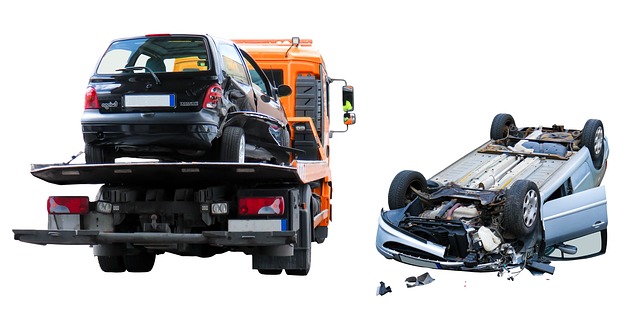
Frame machine repair is a specialized service that focuses on realigning and restoring the structural integrity of a vehicle’s frame after a collision. It involves precise adjustments to the metal using advanced machinery, ensuring the frame returns to its original specifications. This process is crucial for maintaining the safety and performance of vehicles, especially after significant impacts.
The basics of frame machine repair entail assessing the damage, marking critical points, and then utilizing specialized equipment to bend and straighten the frame back into shape. It’s a meticulous art that requires skilled technicians who understand metal behavior and physics. Often, this technique is employed alongside other collision repair services, such as paintless dent repair, to ensure both structural and cosmetic perfection in vehicle paint repair.
Impact on Collision Accuracy: What You Need to Know
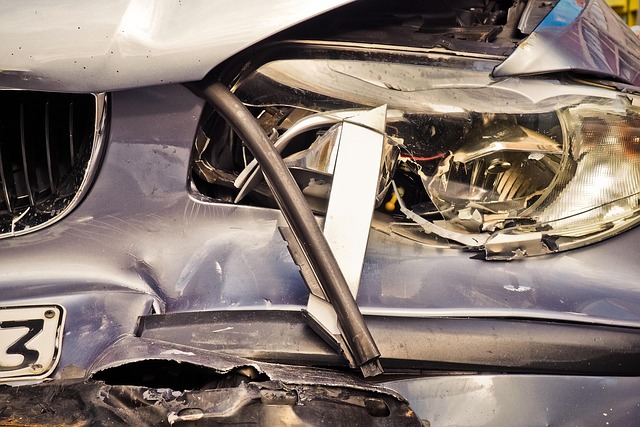
The condition of a vehicle’s frame is paramount when it comes to collision accuracy during auto repair services. A frame machine repair, essentially a specialized metalworking process, plays a crucial role in ensuring that a car’s structural integrity is restored correctly after damage, such as dents or crashes. When performed by skilled technicians, this process aligns and straightens the frame, addressing any misalignments caused by impact events. This precision is vital for maintaining optimal vehicle performance and safety standards, as even subtle errors can lead to handling issues and increased risk of future accidents.
Effective frame machine repair goes beyond simple dent removal to address the underlying geometry of the vehicle’s skeleton. By accurately adjusting the frame, auto repair services can guarantee that components like suspension, steering systems, and brakes are aligned correctly. This holistic approach ensures that the car handles predictably on the road, enhancing safety and driver confidence. For those concerned about car damage repair, understanding the integral role of frame machine repair in collision accuracy offers peace of mind when it comes to restoring their vehicle to its pre-accident condition.
Best Practices for Maintaining Precision After Repair
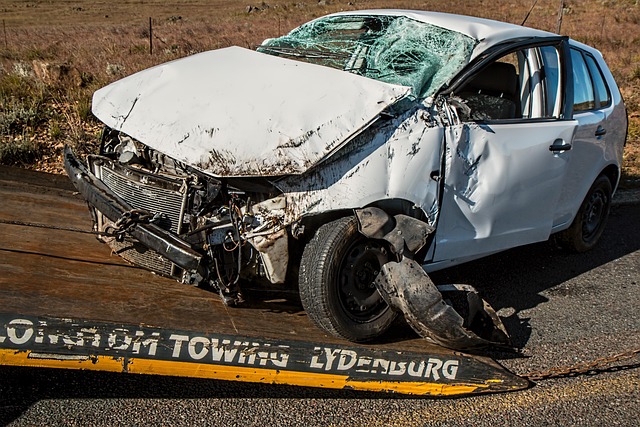
After a frame machine repair, maintaining precision is paramount to ensure collision accuracy and top-quality auto body shop services. The first step involves calibrating the machine to its original specifications. This includes adjusting settings for pressure, temperature, and dimension readings to match industry standards. Regular maintenance checks are crucial; daily or weekly inspections can help identify any drift in machine performance, allowing for prompt adjustments.
Additionally, utilizing the right tools and techniques is essential. Auto body shop technicians should employ precision measuring tools like calipers and angle gauges during each repair stage. Staying consistent with these practices ensures that every component of the vehicle body repair is executed with the same level of accuracy, ultimately leading to a more precise collision repair.
Frame machine repair is a critical process that significantly influences collision accuracy. By understanding the basics of frame repair and implementing best practices, technicians can ensure precise alignment and restoration of vehicles. Optimizing these procedures not only enhances the quality of repairs but also increases customer satisfaction, making frame machine repair an indispensable aspect of achieving high-quality collision accuracy.
